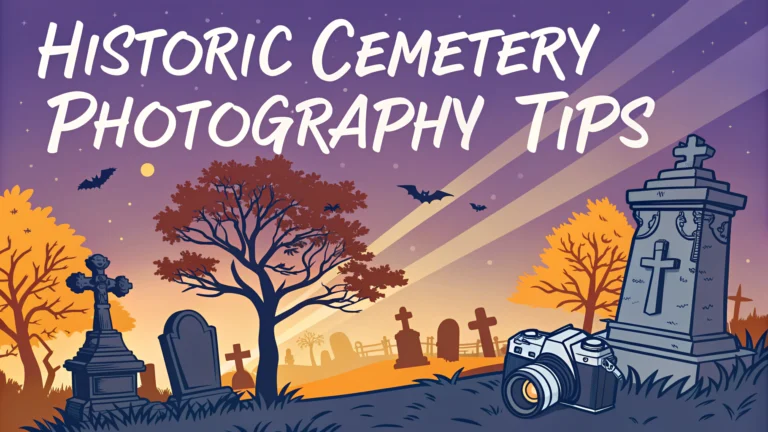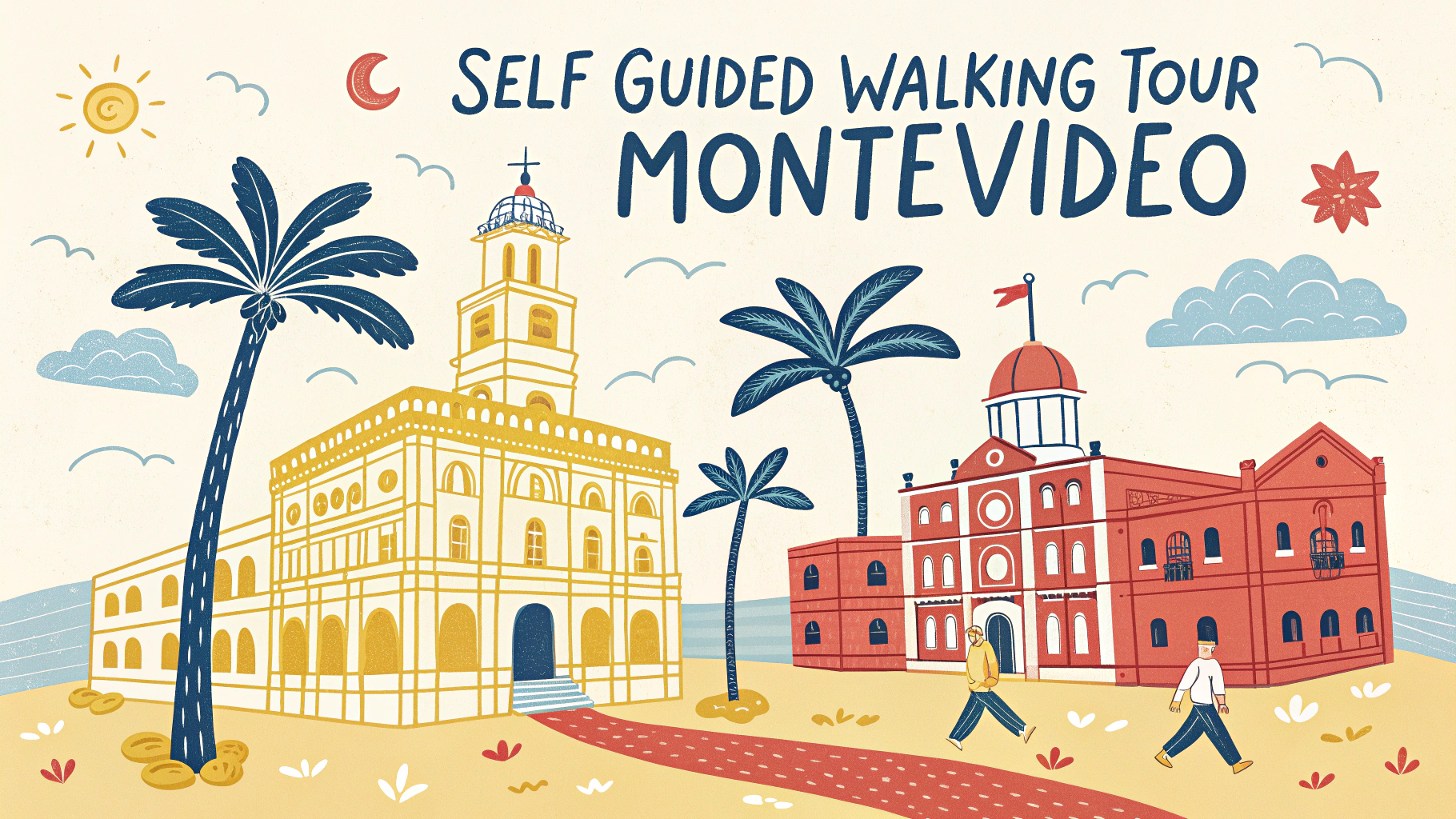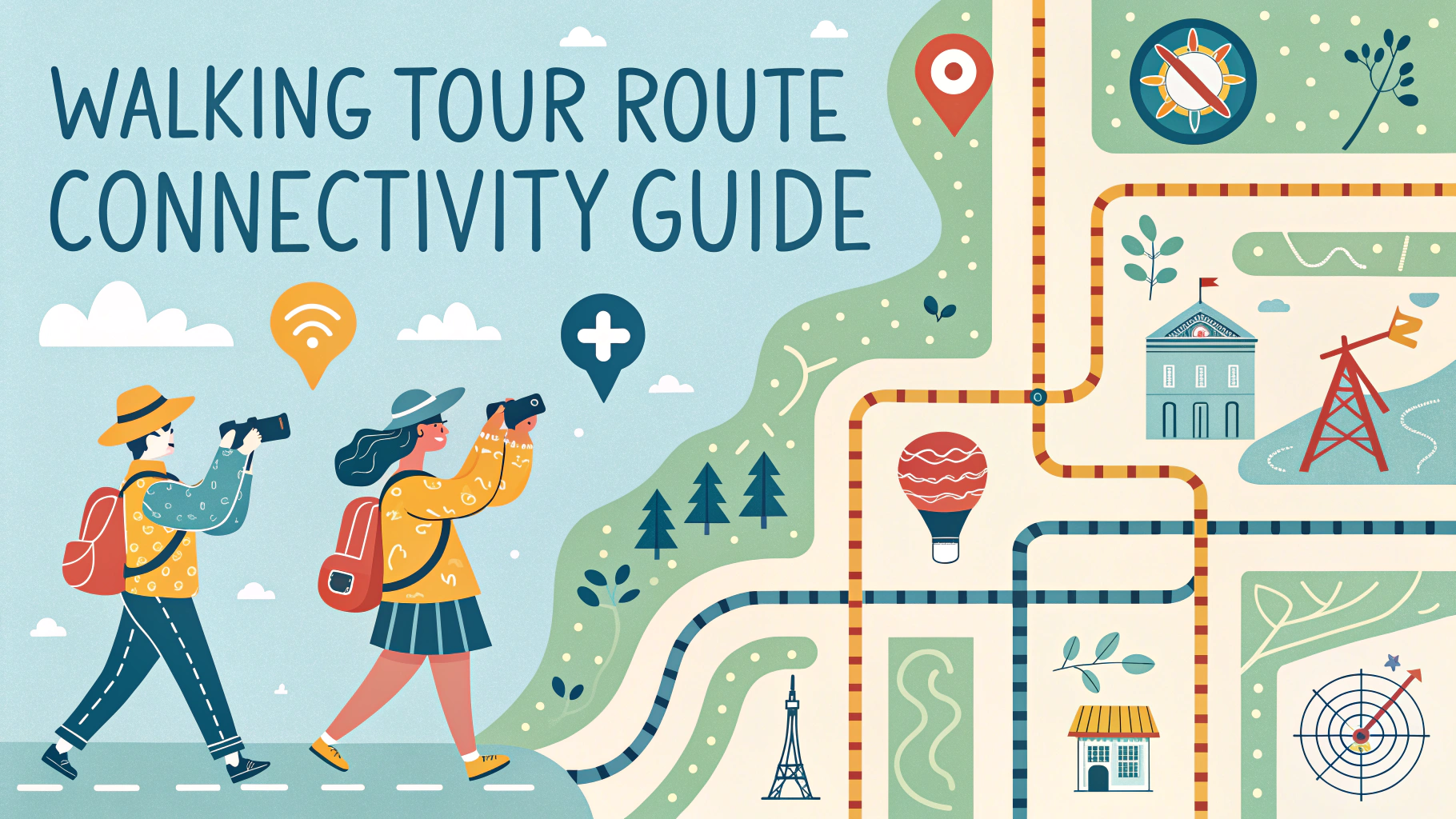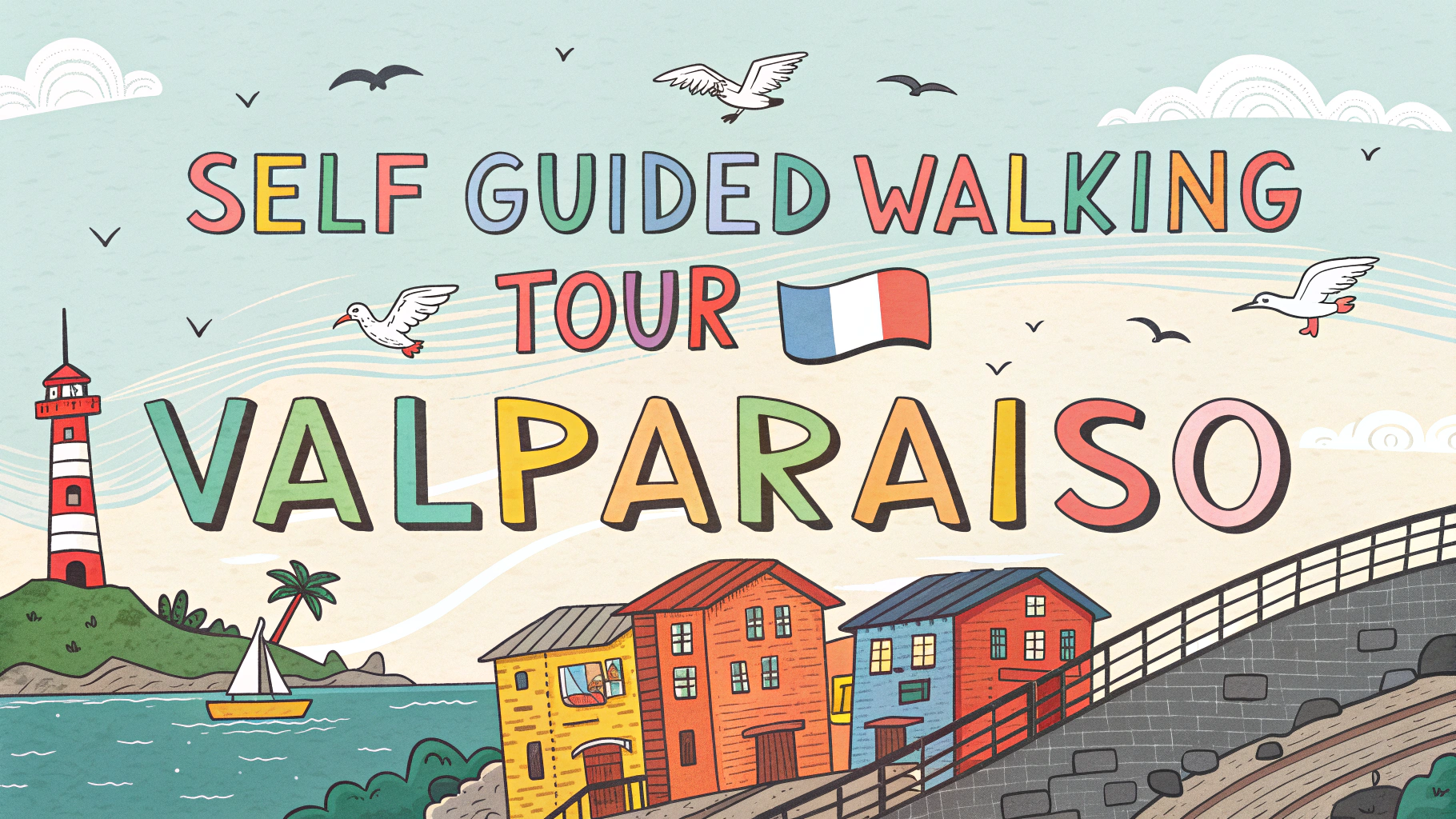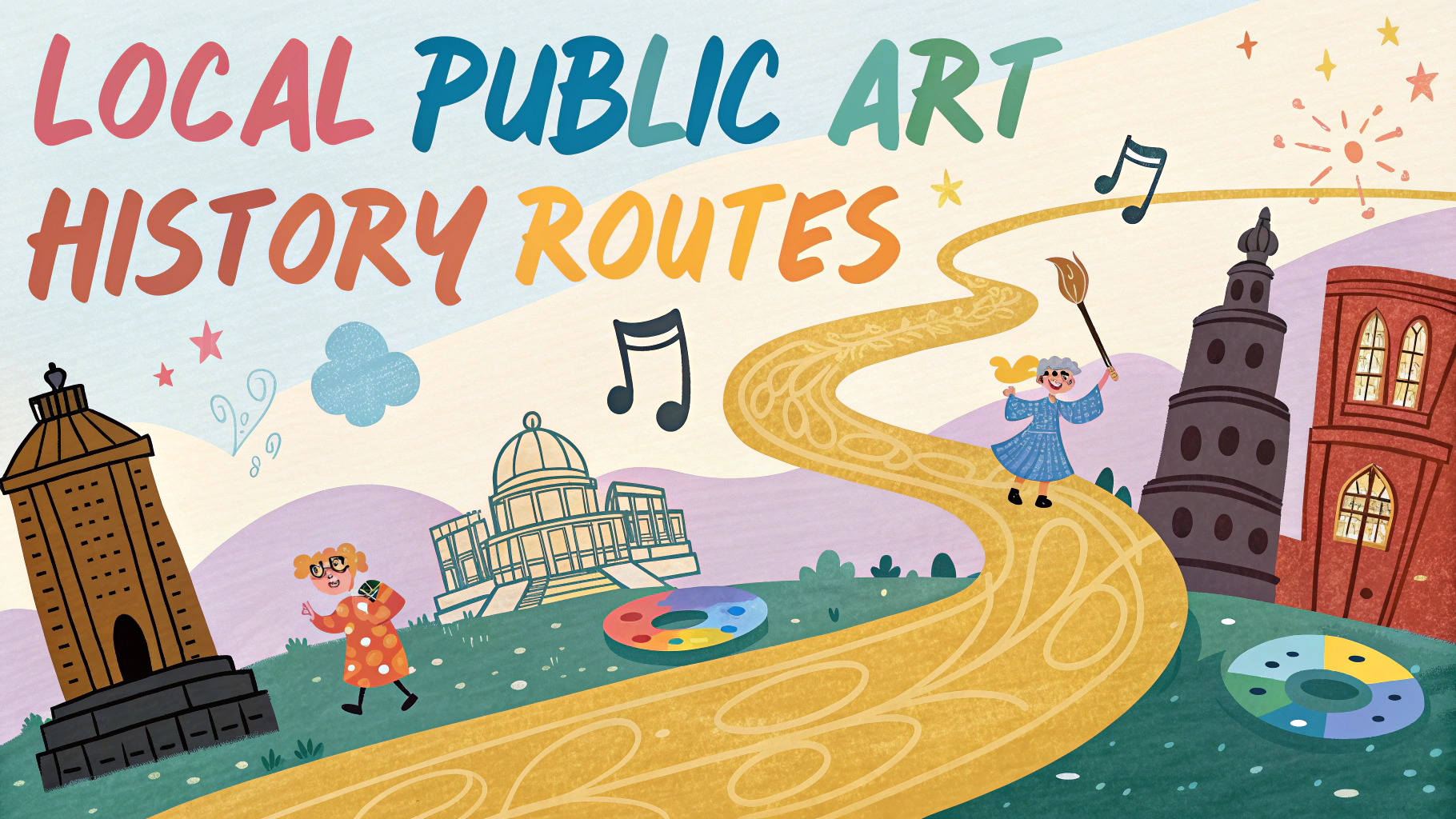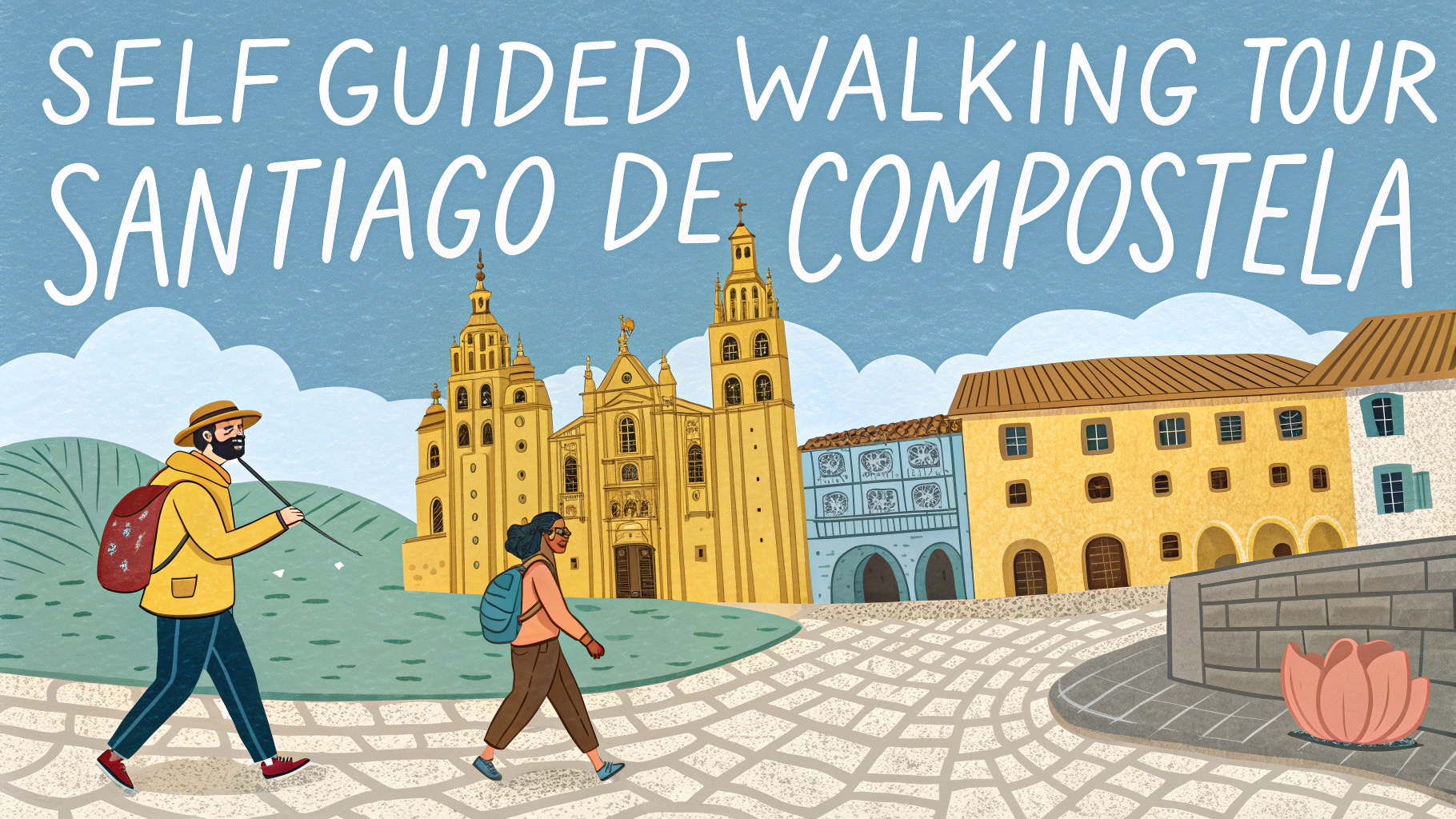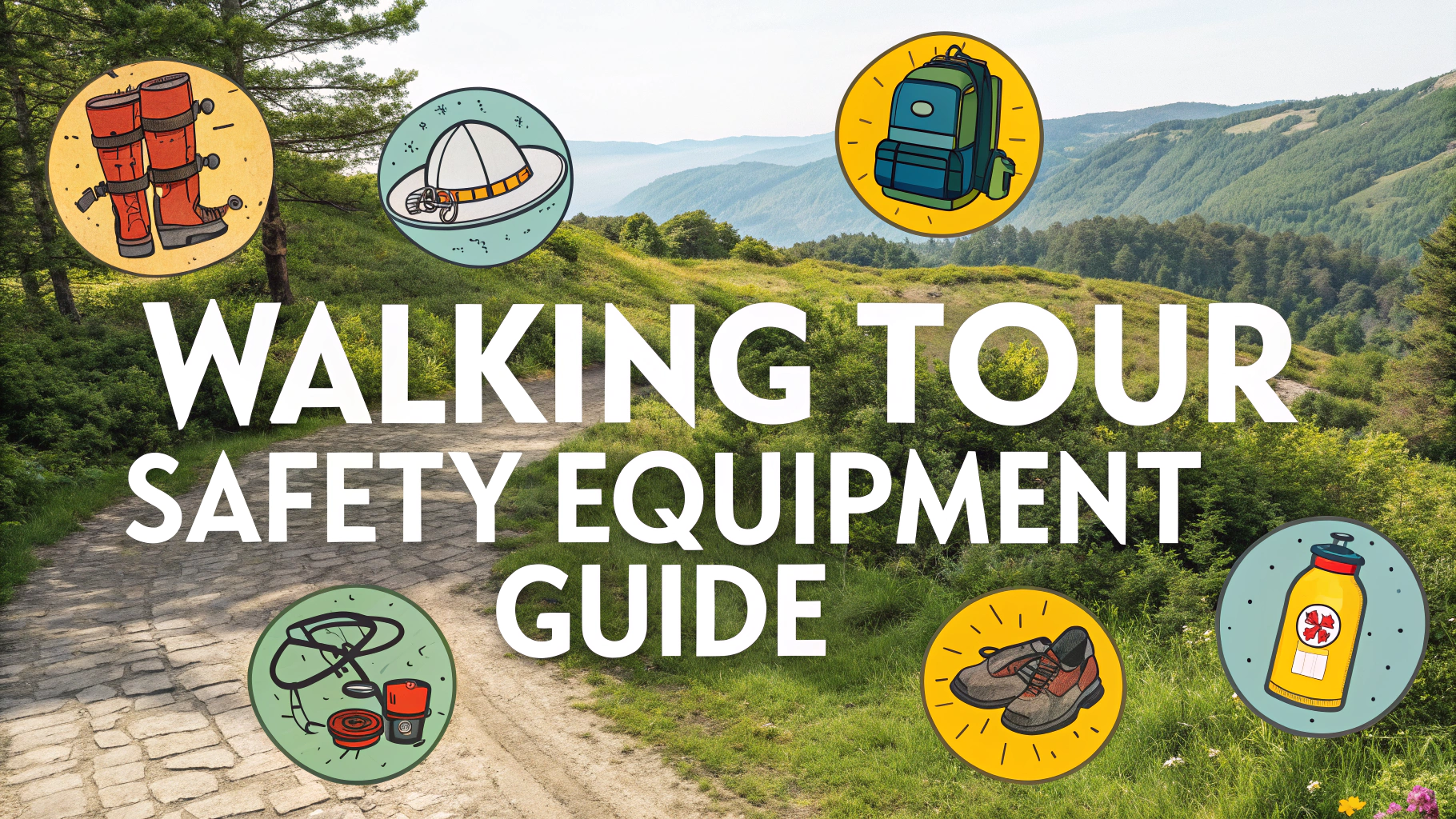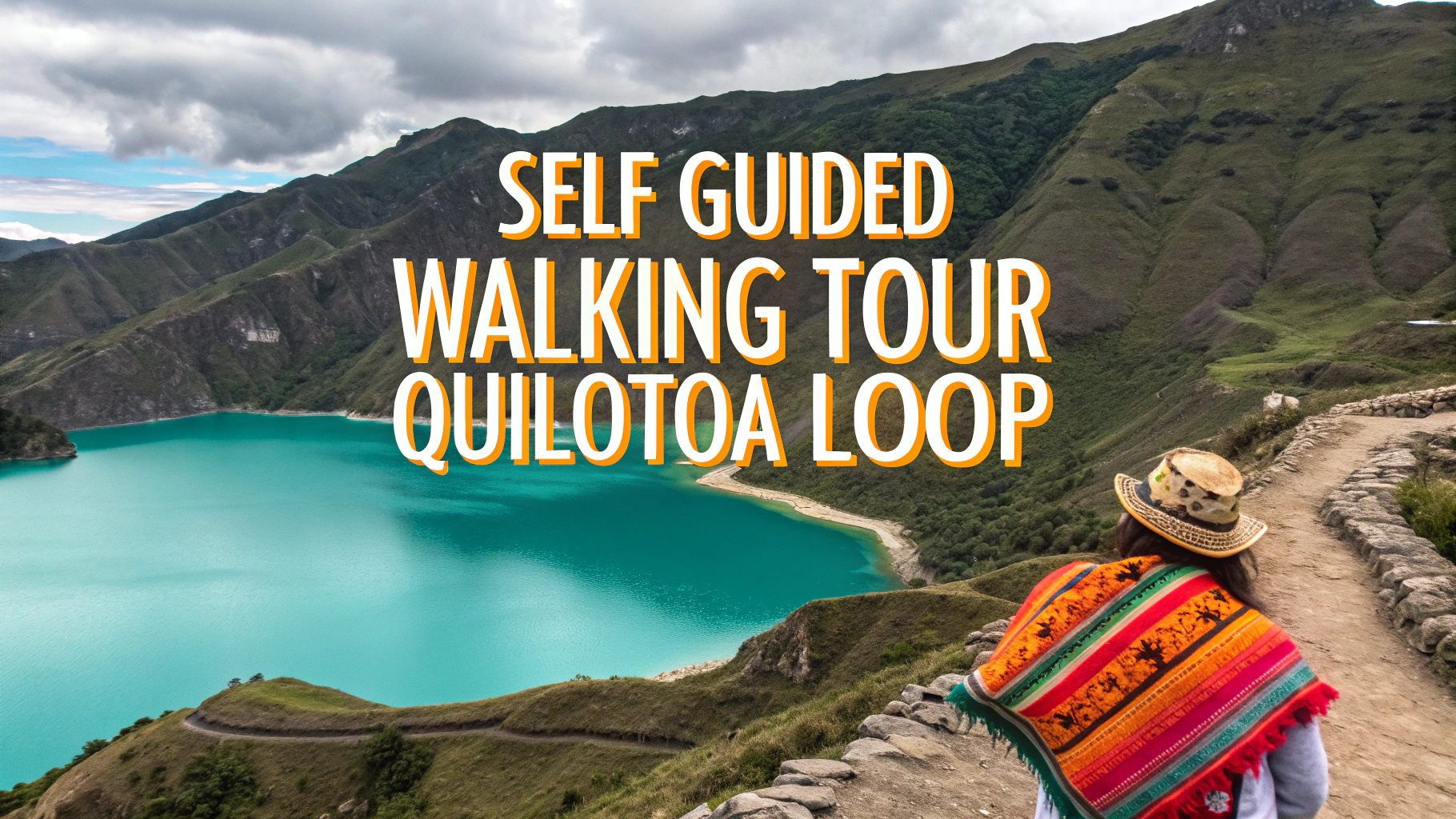Historic cemeteries offer photographers unique opportunities to capture compelling images that tell stories of the past while practicing various photography techniques.
Essential Photography Equipment
- Camera: DSLR or mirrorless with manual settings
- Lenses: Wide-angle (16-35mm) for landscapes, macro for details
- Tripod: Sturdy support for low-light conditions
- Polarizing filter: Reduces glare on stones
- Cleaning supplies: Lens cloth and brush
Best Times to Photograph
- Golden hour: First hour after sunrise or before sunset
- Overcast days: Soft, even lighting reduces harsh shadows
- After rain: Wet stones show enhanced detail
Cemetery Photography Etiquette
- Check cemetery hours and photography policies before visiting
- Stay on designated paths
- Never move or touch memorial items
- Keep voices low and respect ongoing services
- Avoid stepping on graves
Composition Tips
- Leading lines: Use paths and rows of stones to guide viewers
- Rule of thirds: Place key elements off-center
- Natural framing: Incorporate trees and archways
- Details: Focus on weathered textures, symbols, and inscriptions
Camera Settings
- ISO: Keep low (100-400) to minimize noise
- Aperture: f/8 to f/11 for sharp details
- Mode: Aperture priority (A/Av) or manual
- Focus: Manual focus for macro shots
Processing Tips
Black and white conversion often enhances the mood and historical feel of cemetery photographs.
Subtle HDR can help balance exposure in challenging lighting conditions.
Clarity adjustments can emphasize stone textures without appearing artificial.
Safety Considerations
- Bring a photography partner when possible
- Wear sturdy shoes with good grip
- Watch for uneven ground and tilting stones
- Carry a basic first aid kit
- Bring water and sun protection
Recommended Historic Cemeteries for Photography
- Père Lachaise (Paris): Open 8am-6pm, famous monuments
- Green-Wood (Brooklyn): Open 7am-7pm, gothic architecture
- Highgate (London): Tours required for Victorian section
- Bonaventure (Savannah): Open 8am-5pm, Spanish moss scenery
Always check local weather conditions and seasonal changes that might affect your photography plans.
Advanced Photography Techniques
- Focus stacking: Multiple shots at different focus points for maximum detail
- Light painting: Use flashlights during blue hour for dramatic effects
- Reflections: Capture monuments in puddles after rain
- Panoramas: Stitch multiple shots for sweeping cemetery views
Weather-Specific Shots
- Fog: Creates ethereal atmosphere around monuments
- Snow: Highlights architectural details in white
- Autumn: Colorful leaves contrast with stone monuments
- Spring: Fresh flowers and new growth add life
Post-Processing Considerations
Color Images
- Maintain natural stone colors
- Balance warm and cool tones
- Avoid oversaturation of foliage
Black and White Conversion
- Emphasize texture through contrast
- Use tone curves for mood
- Consider split-toning for vintage effects
Conclusion
Cemetery photography requires a blend of technical skill, artistic vision, and respectful conduct. Success comes from careful planning, appropriate equipment selection, and understanding of light and composition. Whether documenting historical monuments or creating artistic interpretations, photographers must balance creative expression with the solemnity of these sacred spaces.
Remember that each cemetery has its own character, and weather conditions can dramatically affect the mood of your images. Take time to explore different perspectives and return to locations in various seasons for diverse photographic opportunities.
FAQs
- What’s the best time of day to photograph historic cemeteries?
Early morning or late afternoon during “golden hour” provides optimal lighting with long shadows and warm tones that highlight gravestone details and create atmospheric shots. - What camera settings should I use when photographing gravestones?
Use a small aperture (f/8 to f/16) for good depth of field, ISO 100-400 for minimal noise, and a tripod for sharp images. In low light, slower shutter speeds may be necessary. - Is it disrespectful to photograph in cemeteries?
No, if you follow proper etiquette: stay on paths, don’t disturb decorations, avoid photographing active funerals, and check cemetery rules regarding photography before visiting. - How can I make weathered inscriptions more readable in photos?
Use raking light (light from a low angle), or photograph during overcast conditions. Never use chalk or rubbing techniques as these can damage historic stones. - What safety precautions should I take when visiting historic cemeteries?
Visit during daylight hours, go with a companion, watch for uneven ground and unstable stones, bring water, and let someone know your location and expected return time. - What should I include in my cemetery photography kit?
Camera, wide-angle and macro lenses, tripod, reflector, LED light, compass for stone orientation, map, water, and a first aid kit. - How do I plan an effective self-guided cemetery tour?
Research the cemetery’s history, obtain a map, identify notable graves beforehand, plan a logical walking route, and allow sufficient time for photography and exploration. - Are permits required for cemetery photography?
Many public cemeteries allow photography without permits for personal use, but always check with cemetery administration, especially for commercial photography or organized tours. - What are the best weather conditions for cemetery photography?
Overcast days provide even lighting and reduce harsh shadows. After light rain can enhance stone details and create dramatic atmosphere, but avoid shooting in heavy rain. - How should I document the graves I photograph?
Record the location, date, and inscription details. Include photos of the full stone and close-ups of inscriptions. Consider creating a digital catalog with GPS coordinates.
